There are dozens of excellent towns and cities to visit in the south of England, as shown in this itinerary which extends from Bristol on the west to Rye on the east. The route connects 30 places efficiently by train, with just 9 hours of total train rides between main cities, and 9 more train hours on numerous daytrips. You could drive, but with the convenient train service you don’t need a car.
This route could be easily shortened. It would take a month to properly see all these places, but if you have less time, chop away and select destinations that most appeal to you.
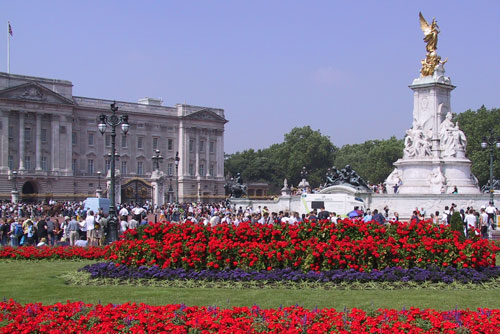
The bustling capital of the UK, London is a global metropolis known for its rich history, iconic landmarks like Big Ben and the Tower of London, and a dynamic blend of cultures. This famous place is the comfortable starting point for this itinerary which visits less well-known cities as we travel through the south of England.
St Albans: A historic Roman city just north of London with Britain's oldest pub impressive cathedral, and well-preserved Roman ruins including an ancient amphitheater.
Famous for its links to Robin Hood, is a city full of medieval and industrial history. Nottingham Castle illustrates the city’s heritage.
Lincoln: A historic city with a grand cathedral, the Old Market Square, and a castle housing one of the original Magna Carta copies, and a charming historic quarter.
One of the UK’s most diverse cities, a mix of ancient and modern influences, with deep-rooted history and a strong multicultural identity.
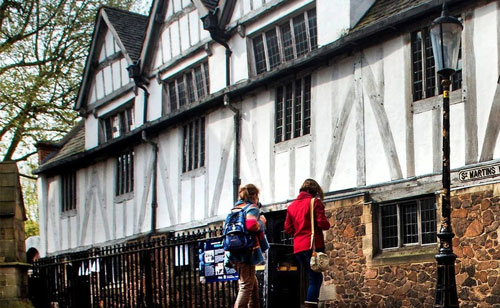
.jpg)
A historic city on the River Severn, is known for Worcester Cathedral. The High Street and The Shambles offer a mix of independent shops and big-name retailers. The riverside area is perfect for scenic walks, with charming cafés overlooking the water.
Great Malvern: in Worcestershire, a historic spa town characterized by its steep, winding streets and the scenic Malvern Hills. -- Ledbury: a charming market town in Herefordshire known for its timber-framed buildings like the Market House on stilts in the heart of town, with picturesque alleyways lined by historic structures. -- Hereford: Nestled in the heart of the Wye Valley, Hereford is renowned for its historic cathedral, home to the Mappa Mundi, and its scenic surroundings. -- Ludlow: in Shropshire, exemplifies a historic market town complete with medieval streets and an imposing castle.
With its Roman origins and medieval history, is best known for Gloucester Cathedral, which featured in the Harry Potter films.
Kemble: A small village in the Cotswolds, Kemble is primarily known for its picturesque countryside, historic buildings, and its railway station, which serves as a gateway to the Cotswold region. -- Lydney: gateway to the enchanting Forest of Dean, making it a haven for nature lovers. It has a small town centre with some pedestrianized areas. -- Chepstow: in Monmouthshire, has a historic castle, one of Wales' finest Norman fortresses, and a bridge over the River Wye. -- Caldicot: known for its well-preserved Caldicot Castle, Caldicot is a quieter destination with a strong medieval connection. -- Newport: a bustling city with a mix of industrial heritage, modern shopping, and green spaces, with a more contemporary experience compared to the other towns.
.jpg)
.jpg)
A lively and creative city in the southwest, is known for its street art, music scene, and maritime history.
Bath: Known for its stunning Georgian architecture and ancient Roman baths. One of England's most famous places, Bath is a picturesque city steeped in history and charm, offering a blend of cultural heritage and contemporary amenities. -- Bradford-on-Avon: in Wiltshire, presents a picturesque setting along the River Avon, characterized by historic architecture and narrow streets.
A cathedral city in Wiltshire, is famous for its stunning medieval architecture and charming streets. The city center is full of timber-framed buildings, independent shops, and traditional pubs, a picturesque city with a timeless charm
Tisbury: small and tranquil, ideal for visitors seeking a slower pace. Its compact High Street is lined with independent shops and cozy cafes. -- Sherborne: in Dorset, stands as a beautiful market town featuring medieval lanes and two distinct castles. -- Bruton: A quaint town celebrated for its independent shops, and historic landmarks like the Bruton Dovecote. -- Frome: Nestled in the Somerset countryside, Frome boasts a vibrant arts community, charming cobbled streets, and a plethora of independent shops and markets.
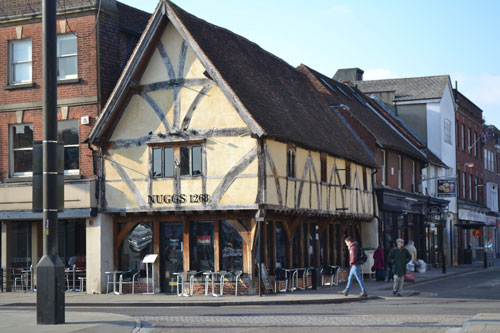
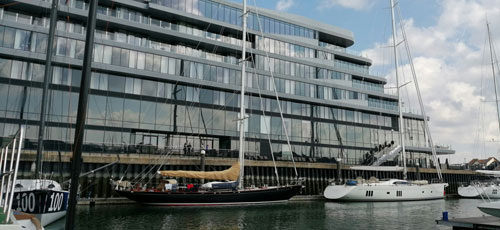
Medieval walls and Bargate are highlights for history lovers. Westquay Shopping Centre is the main retail hub. The waterfront area at Ocean Village features stylish restaurants and a marina.
Winchester: in Hampshire, is the ancient capital of England with a cathedral and historic streets.
Historic naval city on the southern coast of England, known for its maritime heritage and waterfront attractions.
Chichester: in West Sussex, has Roman walls, a cathedral, and a historic market cross, with impressive architecture and rich history.
.jpg)
.jpg)
A lively seaside city on the south coast, Brighton is famous for its iconic pier and diverse cultural scene. Brighton has several pedestrian shipping areas including the Ship Street/Old Town Area and Boundary Road/Station Road.
Lewes: in East Sussex, is a historic market town with cobbled streets and a Norman castle. The town’s winding streets are home to independent bookshops, antique stores, and cosy cafés.
In East Sussex, offers a picturesque setting with medieval cobbled lanes, notably including the famous Mermaid Street. The town's charming streets are lined with antique shops, art galleries, and tea rooms. The Rye Harbour Nature Reserve, located nearby, is a haven for wildlife and offers scenic walks.
Tenterden: in Kent, is a charming town with narrow streets, known for its tree-lined High Street and historic buildings. Tenterden maintains its character as a prosperous medieval Wool Town, speaking of past commerce in Kent's prime agricultural region.
.jpg)
.jpg)
.jpg)
.jpg)

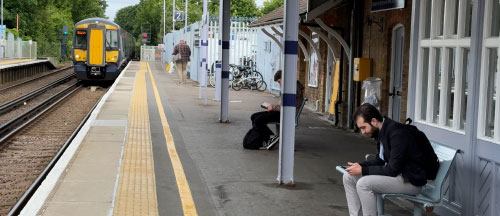
| place | train rides | nights | daytrips | train rides |
|---|---|---|---|---|
| in minutes | in minutes | |||
| to next place | to next place | |||
| London | 100 | 2 | ||
| Nottingham | 22 | 2 | ||
| Lincoln | 52 | |||
| Leicester | 110 | 2 | ||
| Worcester | 45 | 3 | 30 | |
| Great Malvern | 12 | |||
| Ledbury | 17 | |||
| Hereford | 26 | |||
| Ludlow | 36 | |||
| Gloucester | 50 | 3 | 18 | |
| Kemble | 32 | |||
| Lydney | 8 | |||
| Chepstow | 8 | |||
| Caldicot | 12 | |||
| Newport | 45 | |||
| Bristol | 76 | 3 | 12 | |
| Bath | 12 | |||
| Bradford | 40 | |||
| Salisbury | 30 | 2 | 10 | |
| Tisbury | 28 | |||
| Sherborne | 48 | |||
| Bruton | 12 | |||
| Frome | 54 | |||
| Southampton | 50 | 2 | ||
| Winchester | 16 | |||
| Portsmouth | 24 | 2 | ||
| Chichester | 80 | 1 | ||
| Arundel | 28 | |||
| Brighton | 100 | 2 | ||
| Lewes | 17 | |||
| Rye | 66 | 2 | ||
| Tenterden | 25 | |||
| London | 2 | |||
| nights | 28 | |||
| train minutes | 521 | 546 | ||
| hours | 9 | 9 |